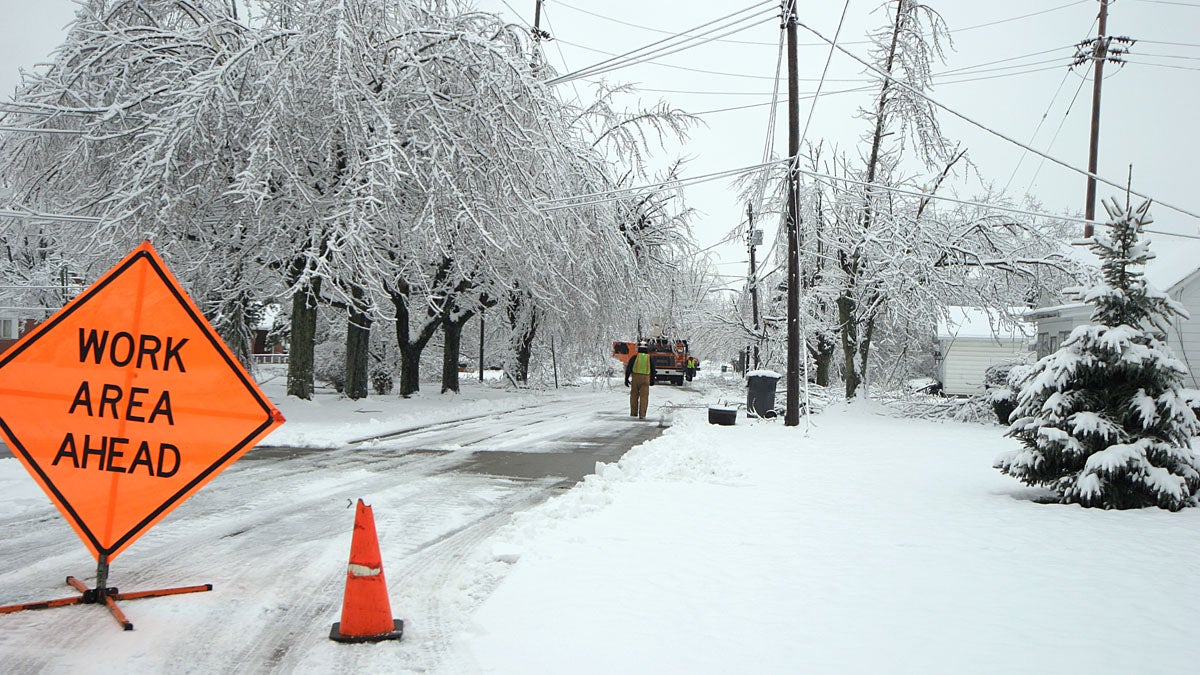Rutgers develops smartphone app to help prevent power outages
Listen Photo via ShutterStock) " title="shutterstock_1861402" width="1" height="1"/>
Photo via ShutterStock) " title="shutterstock_1861402" width="1" height="1"/>
The Rutgers app made it easy for residents to quickly snap a picture of a potential hazard and attach location information. Once mapped, the information was sent to the local utility, which trimmed trees or repaired poles. (Photo via ShutterStock)
Bad weather, including heavy snow, can wreak havoc on power lines, downing trees and cutting off power. A smartphone app offers an easy way of catching potential problems before they begin.
After Superstorm Sandy hit two years ago, sylvan Warren Township in North Jersey was mostly left in the dark.
So the township’s utility advisory committee enlisted Rutgers University electrical and computer engineer Janne Lindqvist to make a smartphone app for cataloging potential hazards: trees that might fall in the next storm; tangled wires; and bent or broken electrical poles.
“The beauty of this is that then you can give this data to the utilities and they can then verify and go correct that exact location,” said Lindqvist.
It’s crowdsourced; instead of utility workers or governmental employees surveying the neighborhood for problems, volunteer residents take on the job.
“You need to get as accurate data as possible with non-expert users who have just basically started using the app,” said Lindqvist. “So this needed to be designed carefully.”
The Rutgers team made it easy for residents to quickly snap a picture of a potential hazard and attach location information. Once mapped, the information was sent to the local utility, which trimmed trees or repaired poles.
It’s not clear how many power outages have been avoided, but all 351 hazards identified in a test run last year have been fixed.
One perk, Lindqvist said, is that the collected data offers a kind of documentation that electric companies can’t ignore.
“They can’t really say to you that we weren’t aware of these problems,” he said.
Although Lindqvist’s app will be freely available, individual townships will have to partner with local power companies to get the data in the right hands.
Lindqvist said this type of smartphone-based crowdsourcing may prove effective in tackling other problems, such as coordinating favors and rides within local communities.
Some companies already offer similar services, but Lindqvist envisions a world where grocery delivery or a drop-off at the doctor’s office might be free.
“The whole big scheme of the project is about leveraging smartphones to predict people’s locations,” he said. “And then offer them opportunistic tasks: could you do this favor for your neighbor today?”
WHYY is your source for fact-based, in-depth journalism and information. As a nonprofit organization, we rely on financial support from readers like you. Please give today.

